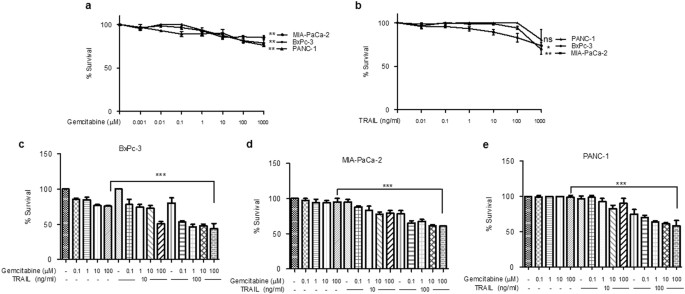
If the evapotranspiration limit for corn (or some other crop) was set right at that yellow/yellow-green margin then the map would have powerful meaning, in this case, intended. Obviously this would be more appropriate using evapotranspiration as the variable. When I saw the map, the famous “corn line” is the first thing I thought of … the cline west of which you can’t really grow corn (in traditional farming) without irrigation, or the division between Eastern forests and prairies of the plains, etc. This could actually be really useful if the yellowish-green to green transition was set at the generally accepted threshold for growing a particular crop without irrigation. On the rainbow palette, especially in reference to the precip map of the US.
HOW TO DO A COLOR RAINBOW MARTIN MPC HOW TO
(2015).Ĭolor Universal Design (CUD) – How to make figures and presentations that are friendly to Colorblind people Okabe & Ito (2002) HCL Wizard and accompanying paper by Stauffer et al. Ten simple rules for better figures (2014) by Rougier et al. doi:10.1175/WCAS-D-13-00073.1, in press.ĭear NASA: No More Rainbow Color Scales, Please by Drew Skau.Įnd of the Rainbow – an open letter by Hawkins et al. Williams, 2014: Measuring the Effectiveness of the Graphical Communication of Hurricane Storm Surge Threat.

The “background” section of this paper identifies lots of useful research for the effective and safe use of colour. This blog on #endrainbow has a great history section.Īdvice on choosing colours in matplotlib. “The subtleties of color” by Rob Simmon is an excellent 6 part essay on use of colour in visualisation. Maps made using the “viridis” package in R.Ĭolorbrewer has a useful set of palettes, including colourblind safe examples. The upper palette has many jumps, whereas the lower palette has a smoother, more linear profile. Here, for example are the perceived lightness (L*) plots for two different palettes, from M圜arta. These palettes can introduce thresholds in the data where none exist, or hide thresholds that do exist. Yellow is best used where you wish to highlight data. Yellow, for example is special – it will stand out, especially against a dark background, as the human eye is particularly sensitive to that colour. Some palettes, for example “rainbow” or “spectral” palettes, do not have this property. For example, steps in the data should be represented by matching perceptual steps in the hue, or lightness of the palette.

Most visualisations benefit from a perceptual palette – one where the perceived values in a visualisation closely match the data. For example, you can create a colour palette in the programming language R, with the simple command: cbPal <- c("#000000", "#E69F00", "#56B4E9", "#009E73", "#F0E442", "#0072B2", "#D55E00", "#CC79A7")īrian Connelly also offers some excellent advice on creating colourblind friendly figures in this blog post. You can get this palette into a programming language using the RGB or CMYK values, or with the hex codes listed below. There is a great example of a colourblind friendly categorical palette in this paper by Okabe & Ito (2002).


 0 kommentar(er)
0 kommentar(er)
